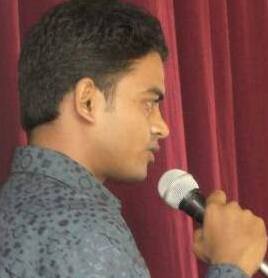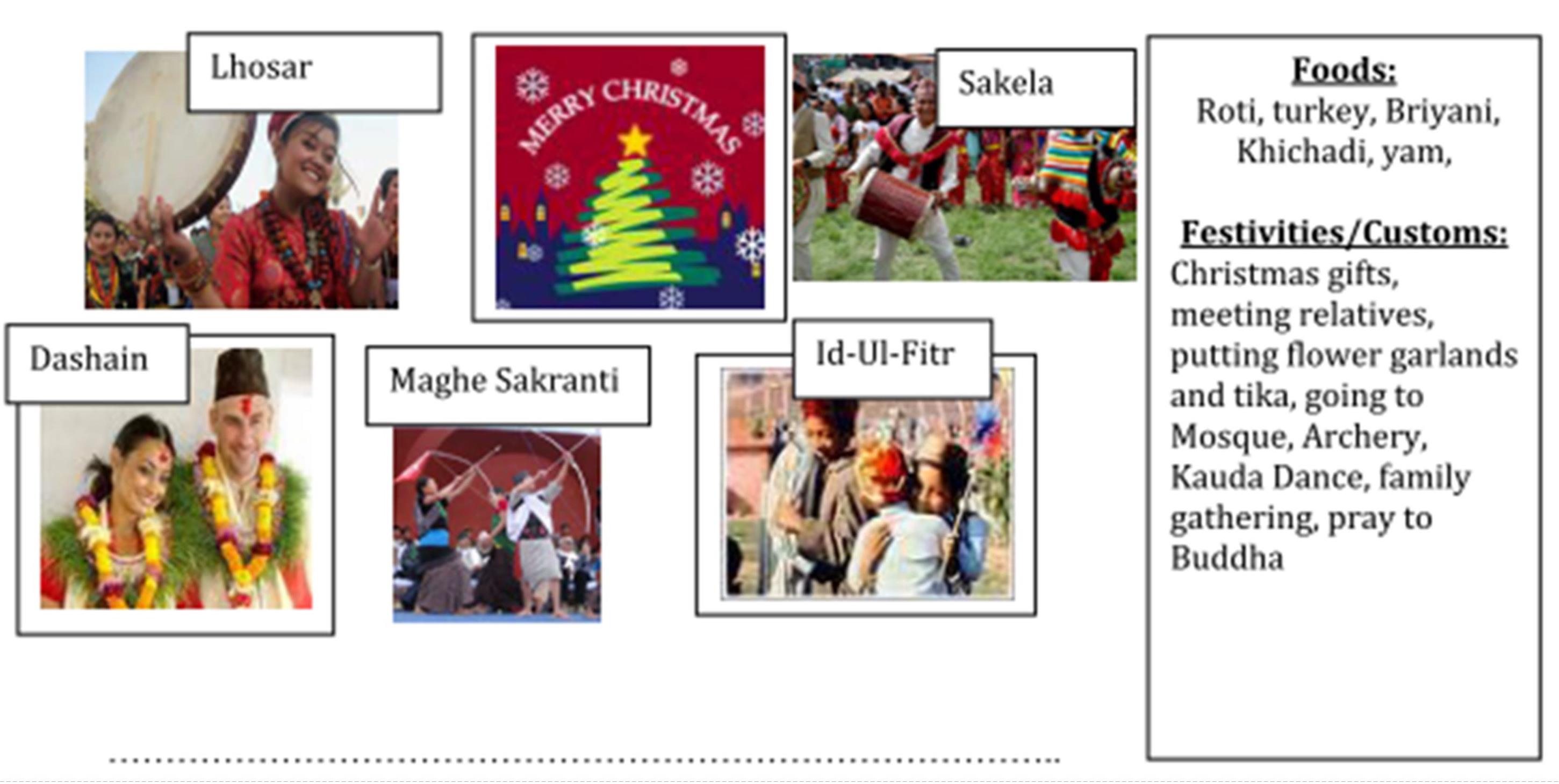Pramod Kumar Sah
In countries where English is used as a second or a foreign language, teachers have already started grounding their ELT practices on their locally available resources as well as locally viable methods and approaches of teaching English as a lingua franca language. In Nepal, where English is used as a foreign language, it is evidently urgent that we develop our own ELT practices. In a post written last month’s issue In their highly thought-provoking essay, “Shifting Focus: Building ELT Practices and Scholarship from the Ground Up” Prem Phyak, Bal Krishna Sharma and Shyam Sharma have presented a broad and powerful proposal for a reinvention of Nepalese ELT from the ground up. This blog entry takes Phyak, Sharma, and Sharma’s ideas one step further by situating them in the context of classroom, textbooks, and such other specifics of ELT practice in Nepal today.
Methodology: Prescription or Formation?
Allow me to first briefly describe my stance on ELT/EFL/ TESOL methodology in Nepalese context today. As Phyak, Sharma and Sharma have indicated in their recent article, I strongly believe that there is an urgent need of realizing own potential in language teaching, rather than seeking for solutions to the different classroom problems from in the ideas and experiences from contexts unlike our own. In this post, I intend to add that the “formation” of ELT methods and resources from the ground up may never happen unless our teachers, as the ultimate practitioners, do not see how they can practically do so. I would like to add some more specifics ways to achieve the goal to the many concrete examples and practical suggestions that the authors have provided in their post.
Since the advent of language learning as an academic discipline, there have been gradual shifts in language teaching methodology from Grammar Translation, to Audiolingualism, and those applied in more recent and well known Communicative Language Teaching. However, ELT practitioners have put forward an array of opinions, arguments and concerns over the issue that which of the suggested methodologies works best in language teaching. But, a variety of factors, such as official language policies, the role of L2 in a distinct speech community, learners’ need and their linguistic background, cultural and economical state of the institutions, teachers’ background, students’ previous linguistic competence, etc. affect the selection of methodology – this is why a single methodology was not effective enough to quench the thirst of language learning of all the time and circumstances.
For me, the most relevant experience is that a method should no longer be a prescription made from a linguist; rather it should be a pattern of activities made by a distinct language teacher accounting for his/her classroom scenario. Moreover, all the methods are best for their corresponding situations, as Prabhu (1990, p.161) states ‘…..different methods are best for different teaching contexts; that all methods are partially true or valid; and that the notion of good and bad methods is itself misguided’. In the meantime, it is very significant for a language teacher to remain aware of scientific principles of language learning or acquisition, they are more importantly free to make their own personal methodology based on their distinct context, which Prabhu (1990) calls as teachers’ ‘sense of plausibility’. It is also worth suggesting that a language teacher needs to choose various activities or techniques from a certain method, not because of the faith in the underlying method but because that is suitable in their own unique contexts.
Thus, I assume, it’s high time we should start framing our own method that can best fit in our unique classroom rather than following sets of prescriptions.
Need of Teachers’ Authority for Syllabus Design
The reason I focus on teacher-driven syllabus is again based on so-called ‘teacher sense of plausibility’. I have been motivated to develop my own personal teaching methodology for my unique class, that requires me to set my own syllabus rather than following syllabus set somewhere else. Put it other way, considering learners’ need, cultural background, age group, etc., teaches should be authorized to frame his syllabus against marketed textbooks. Furthermore, prescription of a methodology, syllabus, course, materials, activities, techniques, and an assessment procedure does not support the views, such as every class is unique. The teachers should be authorized to make decision on aforementioned aspects of teaching.
A Dark Practice and Ways out
There are a few dark practices in Nepalese ELT that seem to be in high need of evolution, out of which Teaching a subject vs. language skills is one.
Teaching English is merely a subject to pass in the examination in our concern, rather than developing our students’ language skills. It might be my overgeneralization but this as a consequence of my teaching experience and observation in some leading educational establishments in Nepal. We rely on ‘a’ textbook and we teach them page-by-page and finally, test them if they have comprehended what mentioned in the textbook. But, in fact it works for no good. Using textbooks is necessary, but what seems irrelevant is just to interpret what are printed on textbook pages. The situation not only exists in school teaching but has been the same in university level; for example, the General English for B. Ed. under Tribhuvan University has recommended three textbooks; (a) New Generation in English, that is a collection of exciting and helpful reading texts including some literary pieces written in Nepali contexts- but, what we do is to render the meaning of the texts in Nepali with near comprehension (that helps for nothing) rather than getting out students to read them extensively to develop reading skills and intensively to do the tasks set; (b) Exploring Grammar in context, indeed a good textbook that is based on Hallidayan approach and contains grammar for written and spoken discourse – in this concern as well, we just try to teach them rules of grammar, practice only the exercises and prepare them for examination instead of having them explore meaning of the grammatical items for natural communication; and (c) Academic vocabulary, at this point, we just teach them the meaning of words in isolation and the students hardly keep those in their head – the best thing we can do is to teach them ‘lexical chunks’ in contexts with the help of ‘corpus’ grounding our teaching on Michel Lewis ‘Lexical Approach’, so the students will be able to make use of those vocabulary in their real academic writing. Additionally, this gap is the consequence of our examination system, especially question pattern that contains questions from the textbook exercises itself without a word alteration, normally. The textbooks are to be used as reference, rather than a subject to have students’ mastery over. Teaching English means teaching language skills that help students expose themselves in English speech community. Moreover, as Phyak, Sharma and Sharma show, there is an urgent need to realize our own potential and bring our local resources to support our students develop their language skills rather than grounding our teaching on mere textbooks.
Making Our Own Ground
Firstly, as Phyak, Sharma and Sharma emphasize, our focus has to be on practice instead of discussing the problems; teaches should build confidence in themselves and use approaches and resources that are readily available to them.
Secondly, where there are potential teachers equipped with the knowledge of different paradigms in our society, we should no longer be reading literature and theory developed in different contexts somewhere else in the world with an aim of implementing those theories and methods in our classrooms—even though ideas from anywhere are good for expanding our knowledge. Instead, we must frame a plot of our own stories, to shape our own educational future.
Thirdly, to develop and implement any approaches, methods, and syllabus, we need to figure out what we can do even within the material and technological limitations in our classroom. Thus, instead of being demotivated, we can attempt to let the things go with what available to us in a best way. In Phyak, Sharma and Sharma’s words, we have to shift our belief from what we do not have to what we can do well and with what we do have.
Conclusion
To say in a nutshell, since English is no longer the only language of English, we have freedom to teach and learn it in ways that fit our needs and interests, and it is high time we stopped searching for methods originated in some other situations. It is time that we explore and understand our own teaching scenarios in order to form whatever methods and whatever blends of methods we find good for us. For this to happen, it is necessary to authorize our teachers and allow them to develop their own syllabi and their own materials, however impossible or difficult it may seem at first. Without more independence for our teachers, it may never be easier for teachers to teach language skills, instead of textbooks. And if we are to move beyond complaining about what we do not have and what we cannot do, we must start using readily available resources as well as use available opportunities for teaching language as it is used in life and work, instead of just whatever the textbooks includes.
————————————————————————————
Pramod Kumar Sah is an M. Ed. in English from Tribhuvan University, Nepal. He is currently pursuing his MA in TESOL with Applied Linguistics at University of Central Lancashire, UK.

